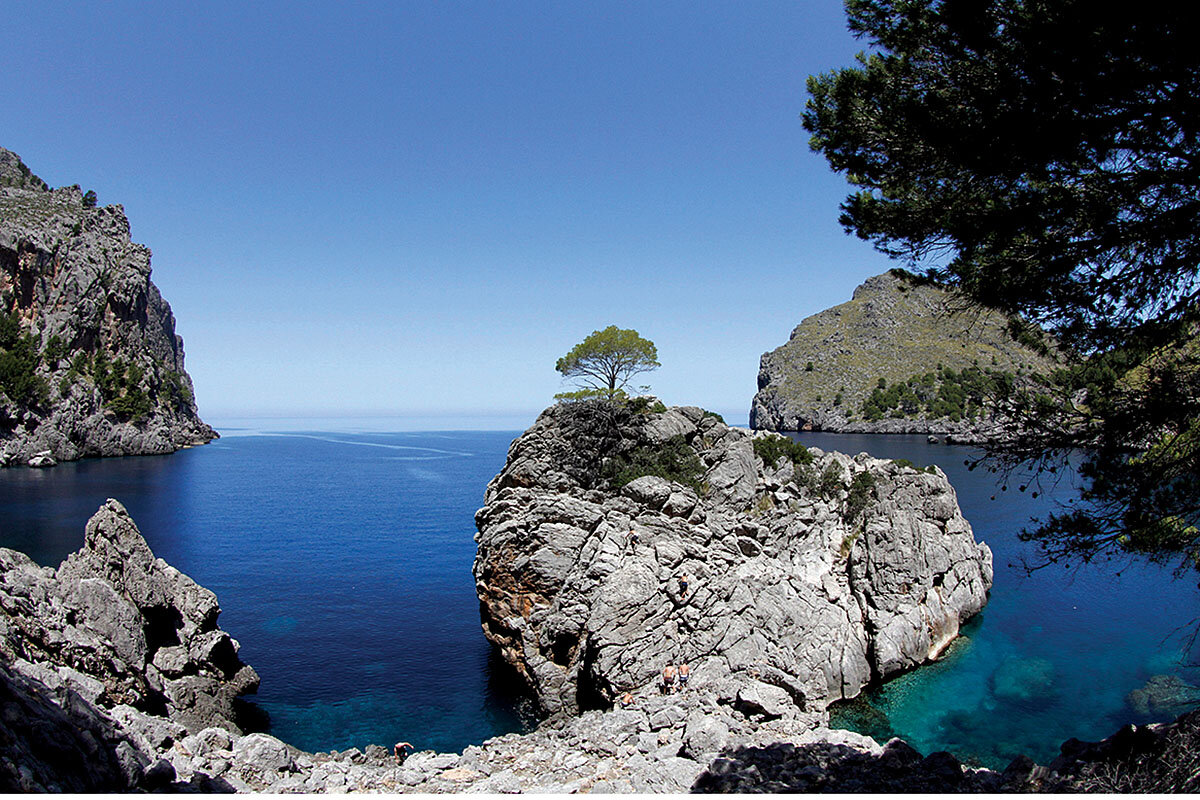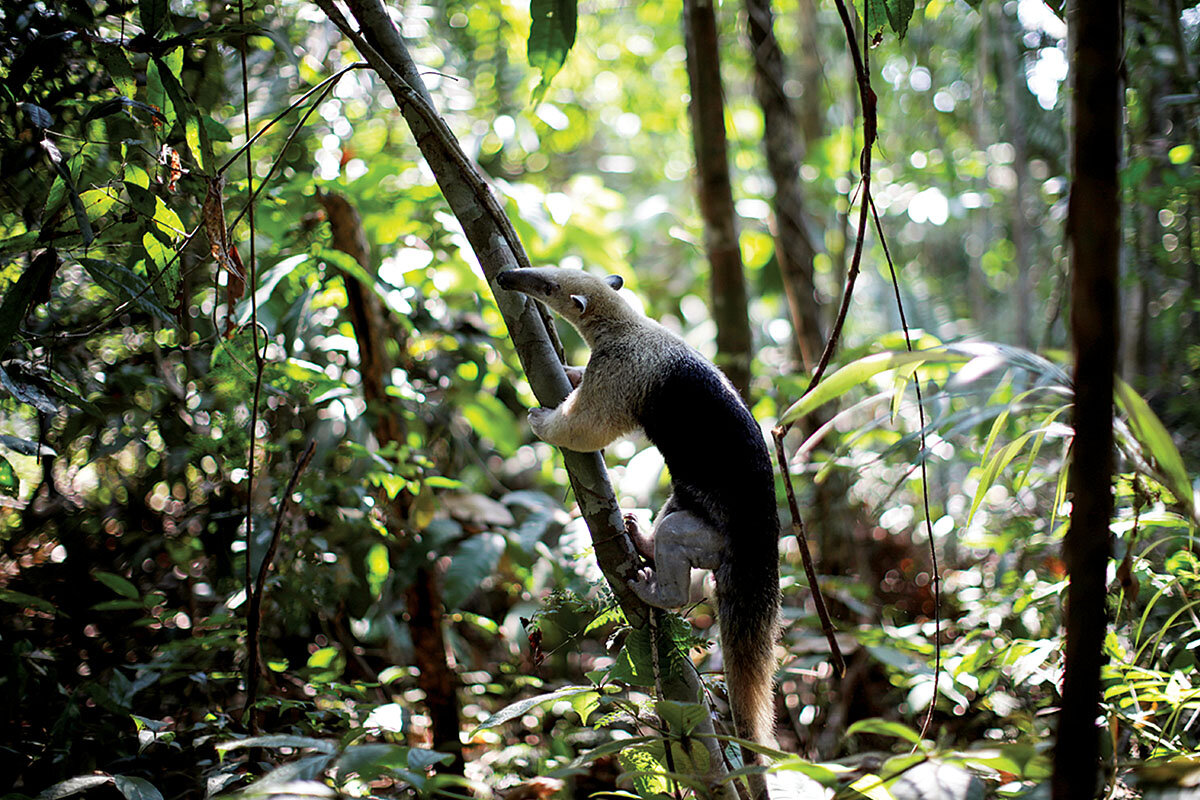Taking better care of people: Silver Alerts, non-English driver’s tests
Loading...
In addition to looking at how two governments are expanding inclusivity in very different ways, we also see how economics and technology are used to approach problems from a new perspective for deeper understanding.
1. United States
Arizona’s expanded Silver Alert system is helping recover missing persons with developmental disabilities. Originally designed for missing older adults diagnosed with dementia, Silver Alerts function similarly to Amber Alerts, with public notices issued through highway signs, news broadcasts, phone messages, and social media. Advocates say that young people with autism and other developmental disability diagnoses have a high rate of wandering away from caregivers or safe areas, and in 2018, they successfully lobbied for these populations to be included in Arizona’s Silver Alert system. Now the disappearance of a person with intellectual or developmental disabilities can also trigger an emergency alert, encouraging statewide coordination and unlocking special search tools.
Why We Wrote This
In our progress roundup, two governments are closing gaps for some underserved constituents, from Arizonans with disabilities to Namibians reading in their native tongues.
The overall number of individuals safely recovered following a Silver Alert grew from 60 in 2015 to 131 last year, according to state figures. While the Department of Public Safety does not track age or disability information for each case, anecdotal evidence suggests the expanded criteria have been a success. Last summer, for example, a 13-year-old was spotted on a train between Phoenix and Tempe after an emergency alert spread his information on social media. Other states, such as Illinois and Alabama, have made similar changes to their alert systems in recent years. And in 2018, the federal government established an alert network for missing at-risk adults, including those with mental or physical disabilities who do not qualify for Amber or Silver Alerts.
Cronkite News
2. Spain
A new study reveals the economic and environmental benefits of a marine protected area (MPA) off the Spanish island of Mallorca. Established in 2007 at the request of a local fishermen’s association, the 27,000-acre Llevant marine reserve has boosted biodiversity, slowed coastal erosion, and improved fishing conditions. And research shows MPAs such as Mallorca’s have far-reaching benefits that can outweigh their maintenance costs.
The recent study, conducted by the nonprofit Marilles Foundation as part of a wider project to improve marine management throughout Europe, is the first to apply a “natural capital accounting” framework to one of Spain’s MPAs. Its analysis looked at Mallorca’s protected area as a national asset, and incorporated the cost of maintaining the MPA and its associated services into the country’s economic profile. It found that for every euro invested in the MPA, the area generated €10 in tourism, leisure, and fishing benefits. Annually, the Llevant reserve costs about €473,000 ($556,000) to maintain and generates more than €4.8 million ($5.6 million), according to the study. Authors note this sum does not include the added value of maintaining jobs in the region’s declining fishing sector. “Marine protected areas deliver fish and much more,” said Marilles director Aniol Esteban. “Investing in them pays off.”
The Guardian, Ecoacsa Reserva de Biodiversidad
3. Namibia
In Namibia, aspiring drivers can now take their learner’s license exam in their local language. Language has been a contentious issue here. When the country gained independence from South Africa in 1990, the government chose English as the official language, because it was seen as a neutral choice in a nation where 30 languages are spoken. But very few people actually spoke English, and as recently as 2012, studies showed most public school teachers had a weak grasp on the language of instruction. Commentators say the lack of English competency throughout the country limits opportunities for many Namibians.
The Roads Authority has taken steps to address the country’s multilingualism in driver training. The learner’s license exam – one of the first steps for Namibians to get on the road – is now offered in several languages other than English. These include Oshiwambo, a language spoken at home by nearly half the population, which will be offered in 18 cities and towns throughout the country. The siLozi language, spoken by about 4% of Namibians according to the 2011 census, will be offered in the capital city of Windhoek and the northeast city of Katima Mulilo. Other options include Afrikaans, Khoekhoegowab, Otjiherero, and Rukwangali, with the Roads Authority planning to introduce more language options. All language options are available in the capital.
The Namibian, New Era, Roads Authority, The Guardian
4. India
Scientists in India have identified the world’s hardest self-healing material, which could have applications in aerospace engineering and consumer electronics. Self-healing materials have been studied for decades, especially as a means to extend the life spans of buildings, automobiles, and kitchen products. Yet most of the world’s known self-healing substances are soft and opaque, and often require activation through heat or light exposure, limiting their uses. Researchers from the Indian Institute of Science Education and Research and the Indian Institute of Technology have synthesized a piezoelectric crystal – meaning it can convert mechanical energy into electrical energy – that appears to overcome these shortfalls.
In a paper published by the journal Science, the team showed how they created small fractures in the crystal using a needle. Because of the material’s crystalline structure, and the energy created by the break, the fragments then rejoined with what one researcher described as an “acceleration comparable to diesel cars.” “The material that we found can’t be used directly for mobile phone or TV screens,” said lead researcher Chilla Malla Reddy. “But our work on understanding the science of developing such materials may lead to futuristic technologies such as self-healing screens.”
The Telegraph, Deccan Herald
World
Advancements in arboreal camera trapping are helping fill gaps in forest research. For decades, on-the-ground camera traps have helped scientists create species inventories, observe wildlife behaviors and interactions, and understand how human activities affect forests. But until recently, the forest canopy has remained a mystery.
Although tree-dwelling species play important roles in maintaining forest ecosystems and are vulnerable to deforestation, they’ve largely gone unstudied due to challenges accessing their arboreal habitat. With advances in camera and climbing equipment, that’s starting to change, and researchers have discovered new species populations and assessed conservation methods using high-mounted camera traps. A recent paper published in the journal Methods in Ecology and Evolution examined the burgeoning arboreal camera-trapping field. By assessing 90 treetop studies across two dozen countries, the authors provide guidance on tree-climbing safety, choosing the correct camera mounts, and other challenges specific to arboreal research. Standardizing arboreal camera-trapping techniques is important, they say, because it allows data to be compared across many projects.
Mongabay








